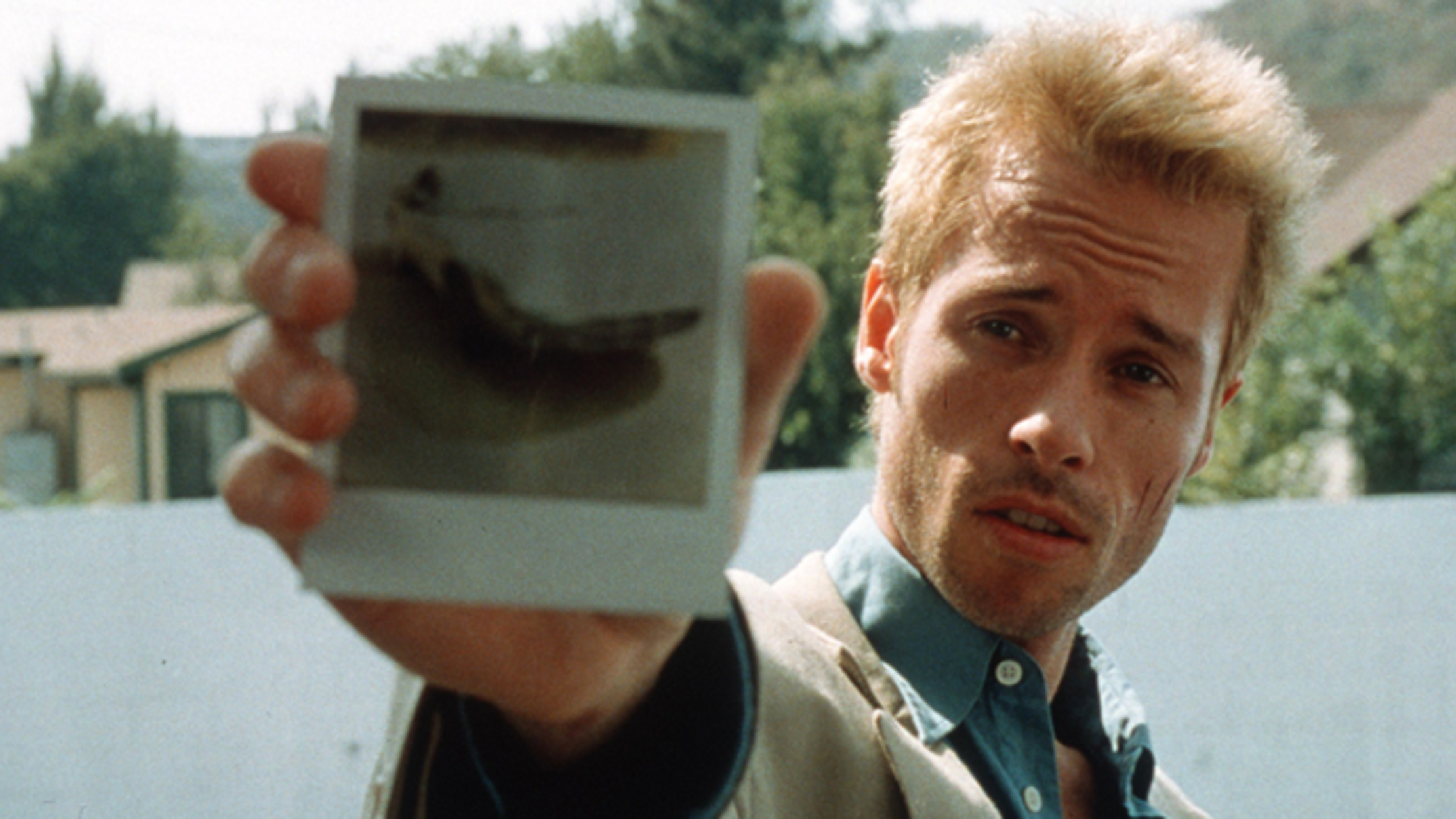For #22-23-24, I went with Umberto Lenzi's first 3 gialli. Considered a trilogy, they're all featuring Carroll Baker (why??) and presenting perverse relationships rotten with conspiracies and deception. All three films came before the more rigid and common characteristics of the genre were set. Lenzi made a few more recognizable "classic" gialli afterwards. Though they all have decent aesthetics and imagery, the films are still often weak in execution (you'll catch the shadow of a camera mounted on a car, or a camera flash in the background of the set - the set photographer perhaps?).
Paranoia (
Orgasmo, Lenzi, 1969) – The film is considered an early giallo and it does have a lot of the same visual tropes and tricks – the mirrors and paintings, the photographs and camera, the zooms and shots going out of focus – but it doesn't fit the narrative mold standardized by the better known gialli that came in the following years (well, there is the inheritance intrigue, but it's often forgotten in the background). The film is a variation on the gaslighting plot, with an erotic twist (the gaslighting is improbable at best, and I couldn't help but think of
The Walking Dead's
Easy Street). It's sometimes gorgeous, but the 69 feel with the folly of youth and the unbearable music and dance scenes somewhat ruin the result. It's still by far the most interesting film of this trilogy, and the one I'd consider the closest to the giallo aesthetics.
4.5/10
So Sweet... So Perverse (
Così dolce... così perversa, Lenzi, 1969) – Another pre-crystal plumage giallo, so no surprise that it's not yet rigidly formulaic, but contrarily to
Paranoia, it also doesn't have much of anything to do with the genre (maybe apart from that quasi-experimental one minute long kiss scene or a flashback that ends up being a lie). The intrigue is made of lies and deception and you will feel like you've seen it all before (think of a lesser
Les diaboliques). Nothing comes unexpected, but the narrative somehow remains original enough in its clumsiness, with quite a few ideas, but always lacking in execution (offing the main character, sudden flashbacks, etc.). The film is highly uneven, going from matrimonial conflicts played with some restraint to the very awkward eroticization of a black woman who starts a striptease by addressing the spectator, looking directly at the camera. You'd expect a film with that great a title and starring Jean-Louis Trintignant to be somewhat of a masterpiece, and because of that it ends up pretty disappointing (and Trintignant is mailing it in – he's still not as bad as Carroll Baker). Oh, and atrocious dubbing too, even for the genre.
3.5/10
A Quiet Place to Kill (
Paranoia, Lenzi, 1970) – Like in the preceding one, lies and deception are at the core of this third entry in Lenzi's giallo trilogy, but without Trintignant, and without the weird changes in tone, the film only feels bland. In fact, the few things I found intriguing had nothing to do with the twists and tricks of the story. First, the film's title is the same as the first film's international title. It seems like such a stupid idea that I started the film thinking there must have been a way to read it in relation to the first two (there's no narrative continuity in the trilogy, only thematic kinship: the
triangles amoureux, the double-crossing, the erotico-lounge imagery). The opening credits, composed of later images from the film presented in inverted colors, representing the film as a negative, only convinced me more that something was to be deciphered (on top of the negative effects, we have a film camera pointed at the spectator, and a woman's reflection in the mirror staying still when she moves – everything's pointing at the film as images, and the title is pointing at another film it mirrors, if you know me just a little, you know how pleased I was at that point). Sadly, the film itself offers very little to chew on. The intriguing opening images are revealed to make sense in the diegesis, and you just drop any other lead you might have had. The story is a cheapened cousin to
So Sweet... So Perverse, which wasn't much to begin with (the clay pigeons Trintignant shot at are replaced here with real pigeons – Lenzi was already prepping his cannibal films).
3/10








